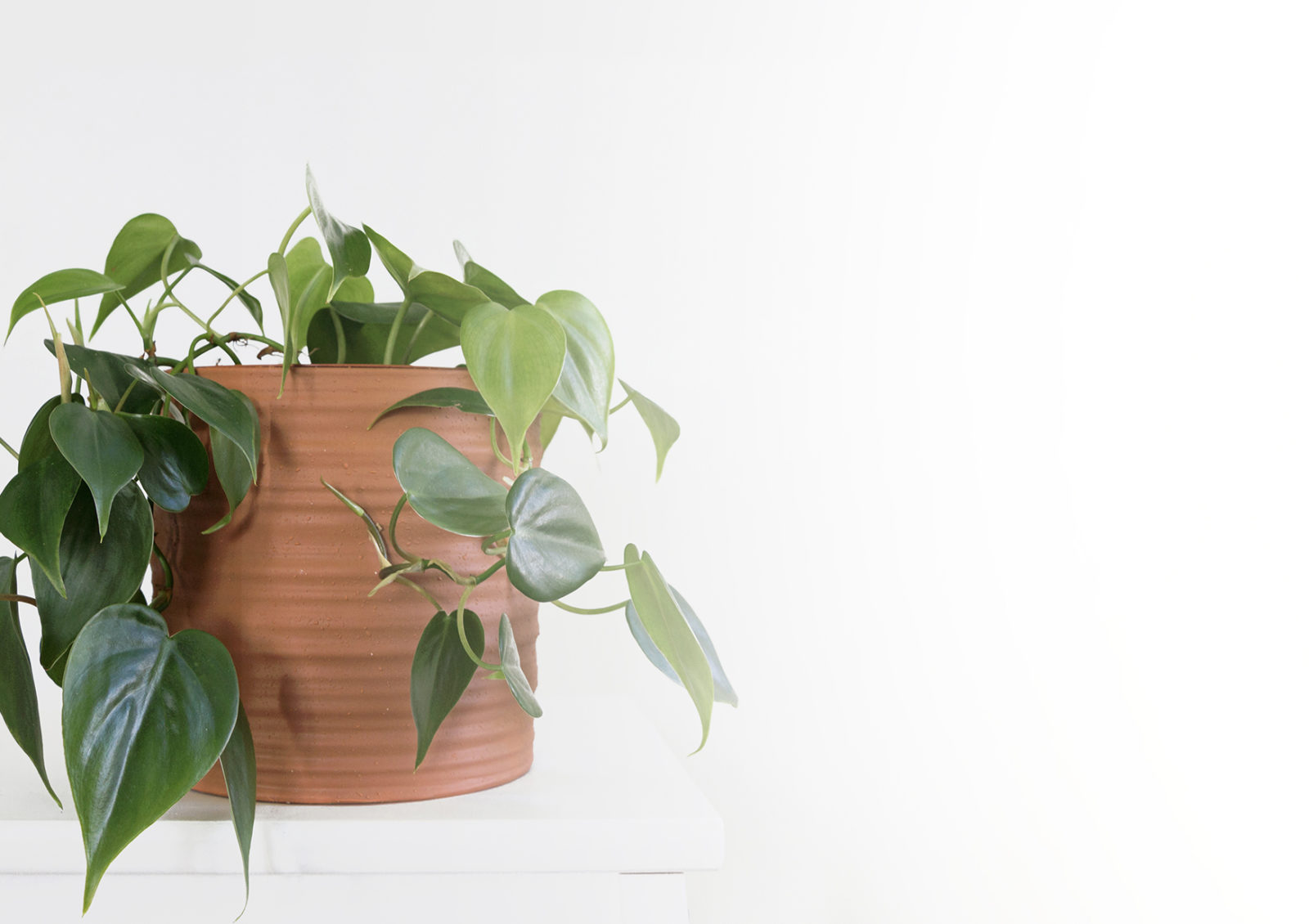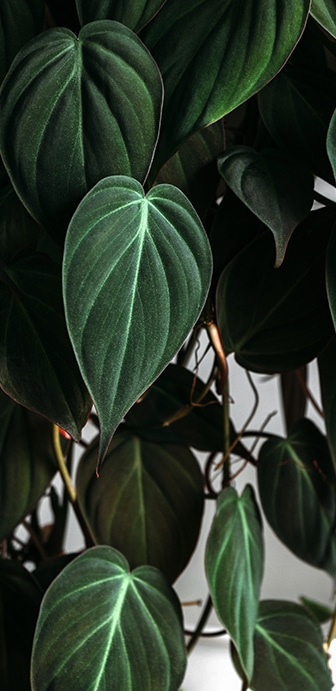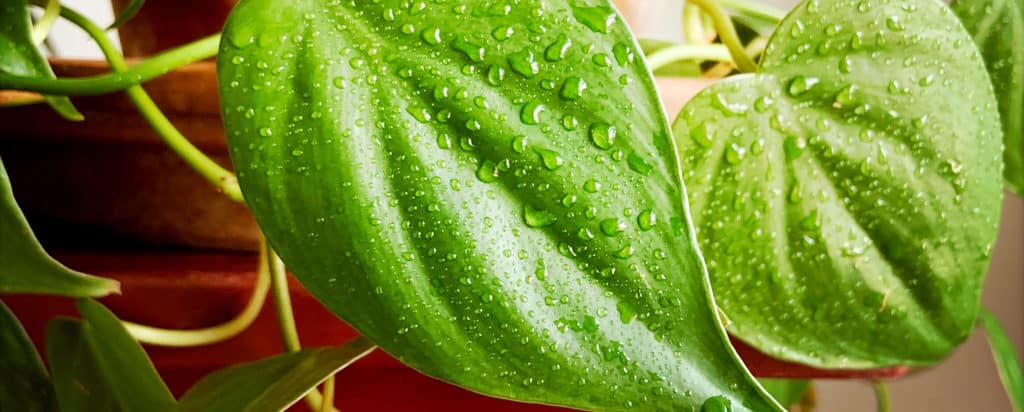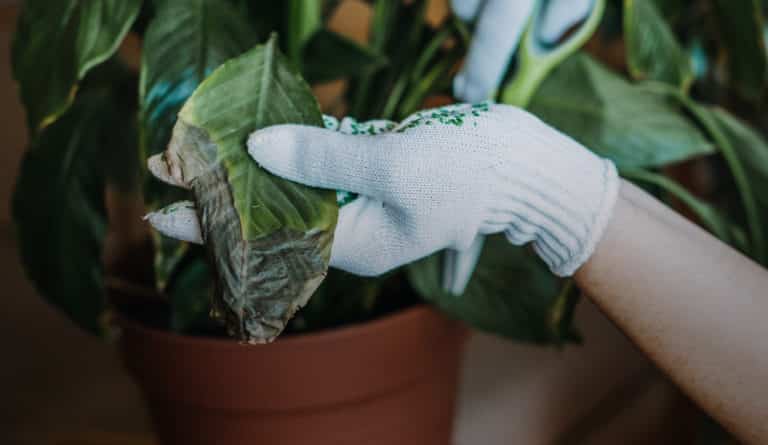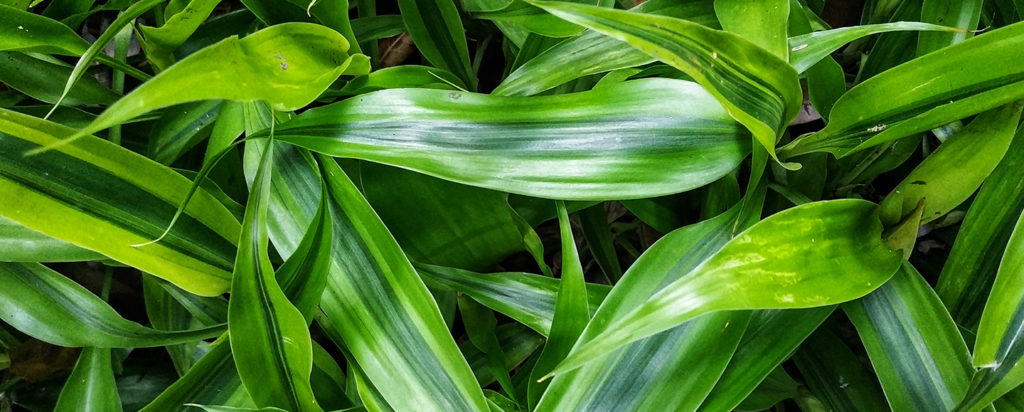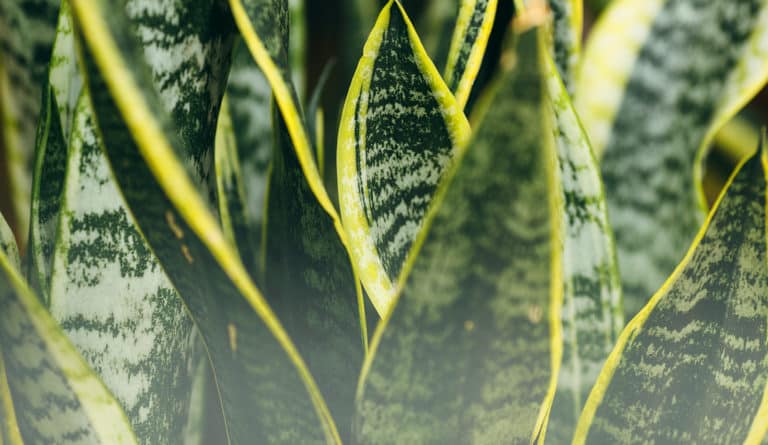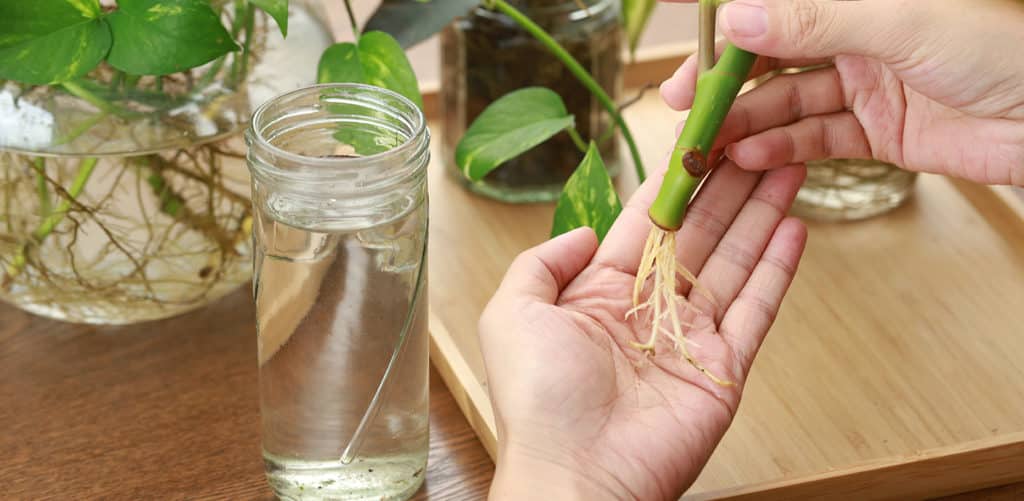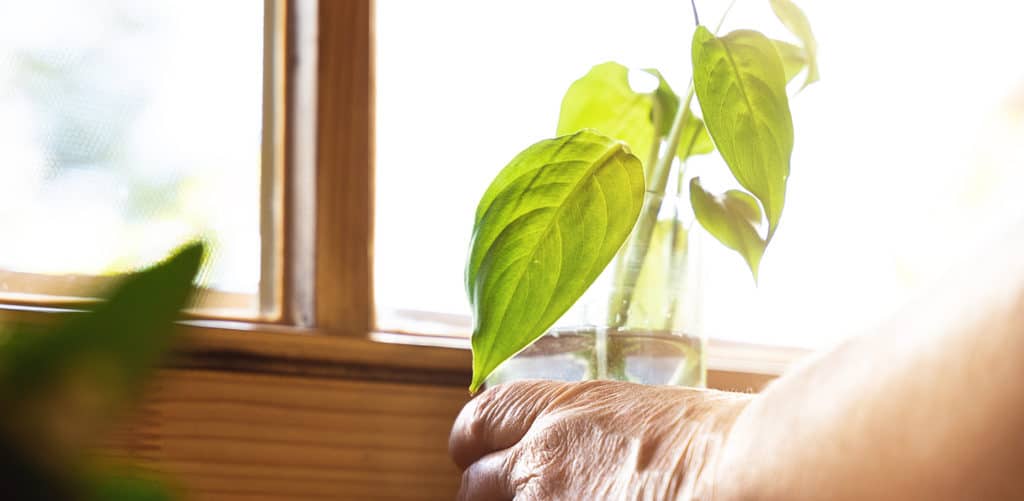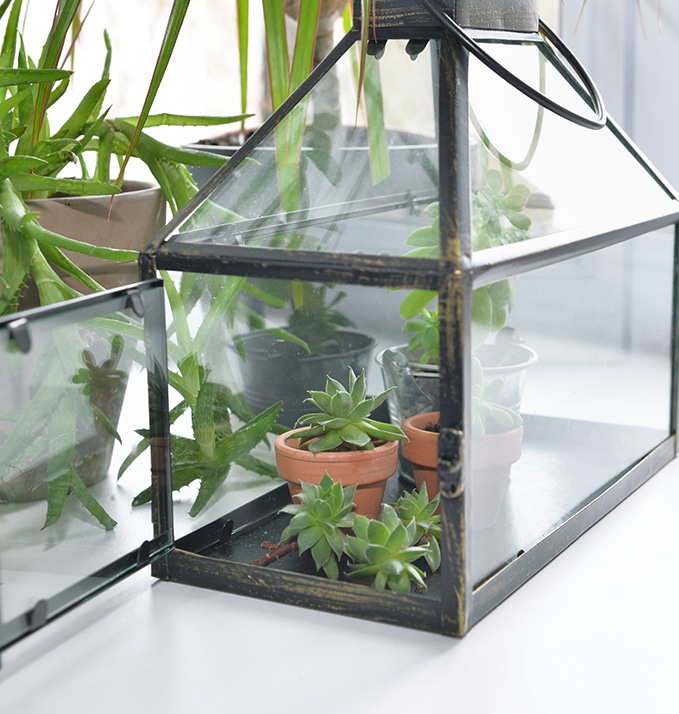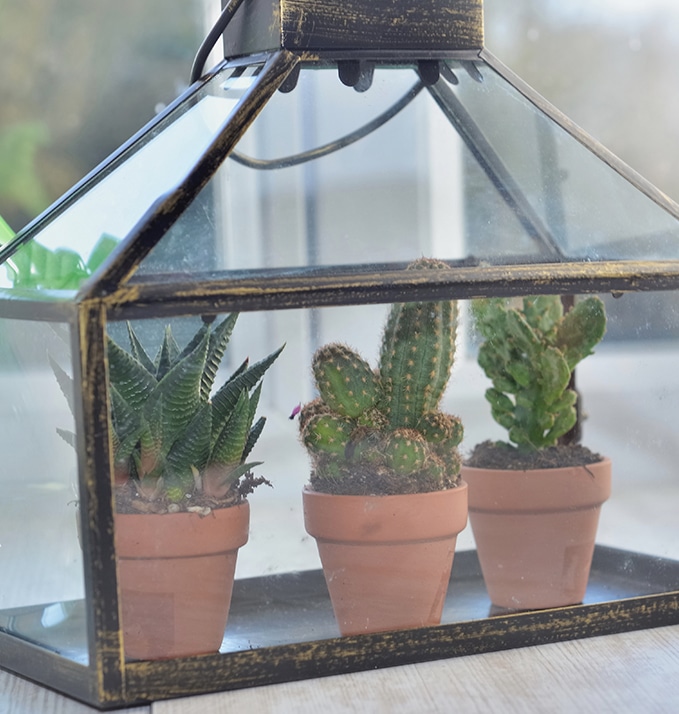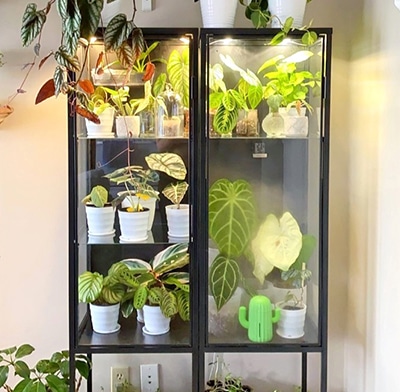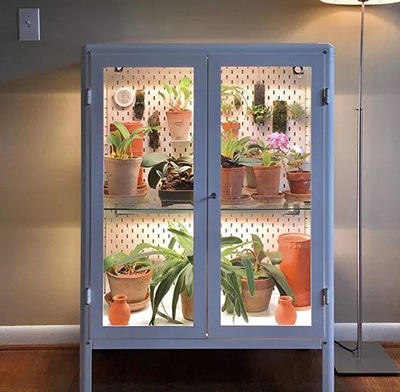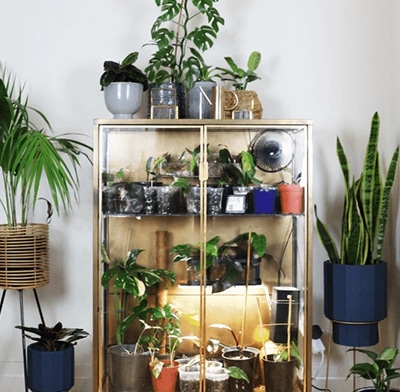If your sprawling houseplant is reaching new heights or outgrowing its pot, you may wish to propagate, which means growing a new plant from the original plant’s leaves, stems, or roots.
During pandemic times, we saw a lot of recipes for sourdough bread or kombucha beverages, both requiring a mother as a starter. Similarly, your mature plants are “mothers” that can be used as plant starters for a whole new plant community. Speaking of community, just as sourdough starters exchanged hands amongst neighbours, you can do the same with your propagated plants or within a plant swap, for example.
